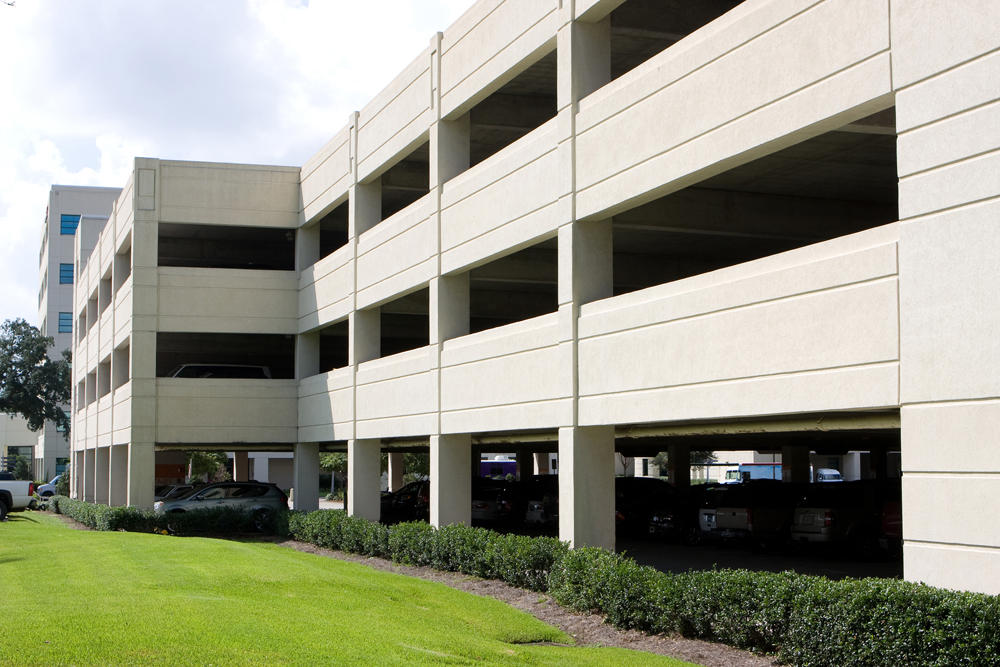The importance of joint sealing

If you’ve been inside a commercial building recently, you’ve probably been inside a structure made of water-resistant concrete. Water-resistant concrete structures are extremely common, but they also have an extremely common fail point: the joints.
A poorly installed joint system in a water-resistant concrete structure is an immediate fail point. When water begins to leak in, it rusts rebar, which then blows out the concrete around it as it expands. Leaking joints can let water come in contact with structural steel, which causes the building as a whole to rust and weaken. If left unchecked, it can make structures collapse.
Every year significant money is spent on repairing and replacing concrete and steel that could have been kept safe by proper joint systems.
Joints don’t exist in a vacuum
If you’re creating a new building, creating a good joint system begins at the very beginning of design. When you’re putting together a plan for the structure, joints are too important to be left to the end. Specifying the wrong material in the design or installing a joint improperly are common causes of leaks that can result in problems down the road. Having a good designer, engineer, and contractor involved will help mitigate the risks.
Creating and sealing joints
There are several different types of joints you’ll see in water-resistant concrete structures:
- Construction joint: This marks the border between pours. It occurs whenever concreting operations stop.
- Expansion joint: This joint is designed to allow movement in multiple planes to keep the concrete from cracking over a larger area.
- Full-depth contraction joint: This joint is all the way through the concrete and allows shrinkage but not expansion. It will transmit force if some expansion does occur, though, to help mitigate cracking.
- Dummy joint: This joint is more or less a controlled crack. It allows forces that would crack the concrete elsewhere to crack it in a predetermined area that’s already sealed.
All of these joints need sealing with various materials and methods, and you need an expert hand to make sure they don’t leak. Make sure the joints in your water-resistant concrete structure are right from the beginning and seal them regularly so you can avoid problems down the road.
